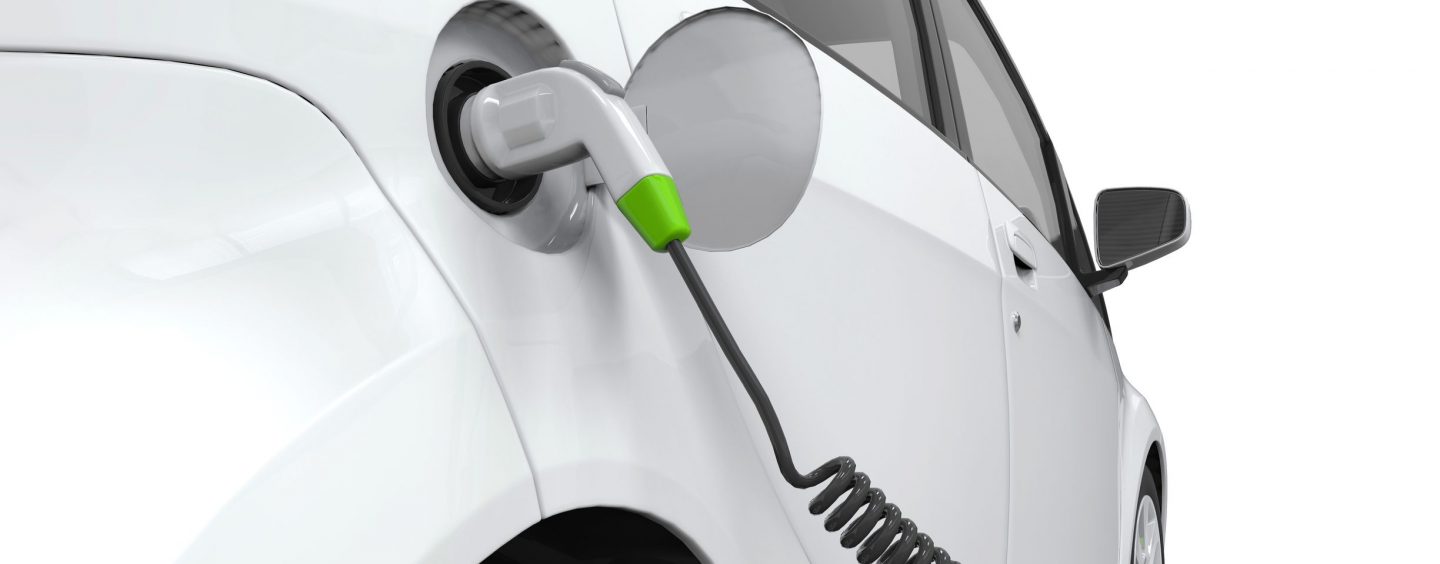
Wide-bandwidth differential probe optimizes measurement of high-voltage, high-speed signals
by Yokogawa Test&Measurement February 5, 2025Do you need a wide-bandwidth differential probe that can perform challenging measurements when developing next-generation, high-speed power devices for electric vehicles? If so, we’ve come up with something special. By adopting the new Yokogawa PBDH0400 series differential probe – with its maximum input voltage of 2000 V and frequency bandwidth of 400 MHz – you can perform precise measurement of high-voltage, high-speed signals in support of tomorrow’s more energy-efficient inverters.
Power conversion using inverters is typified by EV applications where the battery (DC) drives the motor (three-phase AC). The major challenge here is reducing the switching loss during power conversion.
To check the switching loss, you must check the transition time with the voltage and current waveforms in the OFF<->ON transition region. However, for SiC and GaN based switching devices, the transition time between OFF<->ON is faster than ever before. This means that your measurement system requires a higher frequency bandwidth.
Our PBDH0400 series probes provide you with a wide frequency range from DC to 400 MHz. Such capability is particularly beneficial if you’re developing next-generation inverters, enabling the accurate observation of tiny changes in high-speed switching signals. In addition, excellent noise resistance allows you to detect events that can cause unexpected anomalies, including waveform overshoot and ringing.
Take the example of an inverter that drives a three-phase motor, where the gate-source voltage (Vgs) on the high side is the switching command itself. Say you observe the voltage waveform between two points with a so-called ‘floating potential’ that is not ‘ground potential’ in the circuit configuration. Due to this floating potential, you’ll need a differential probe to observe Vgs. But there’s a problem. Fluctuations in the floating potential affect the measurement results and prevent you from making a correct waveform observation.
Only a high-performance, high-capability differential probe can provide the solution. Differential probes with a good common-mode rejection ratio (CMRR) are less susceptible to fluctuations in floating potential. That’s why our new PBDH0400 series high-voltage differential probes offer superior CMRR and excellent frequency response flatness characteristics.
Another important point involves attenuation. A common issue here are inadvertent errors introduced during manual setting processes. However, the availability of a switch on the probe head of our PBDH0400 series differential probes means you can select different attenuation ratios, which are automatically recognized, and configure by the DLMseries oscilloscope (along with the input impedance setting).
To save both cost and installation space, the PBDH0400 series features the Yokogawa probe interface, eliminating the need for an external power supply when connected to a Yokogawa oscilloscope.
Ultimately, using our PBDH0400 ensures you can perform the accurate evaluation of high-speed, high-voltage switching signals exhibited by SiC devices and insulated-gate bipolar transistors (IGBTs) within EV inverters, as well as power electronics in other applications that include renewable energy systems, industrial robots, household appliances, and HVAC systems.
For further information on the PBDH0400 series, click here.
This material maybe not be reproduced without express permission from Yokogawa, please contact: PrecisionMaking.EU@yokogawa.com


No Comments so far
Jump into a conversationNo Comments Yet!
You can be the one to start a conversation.